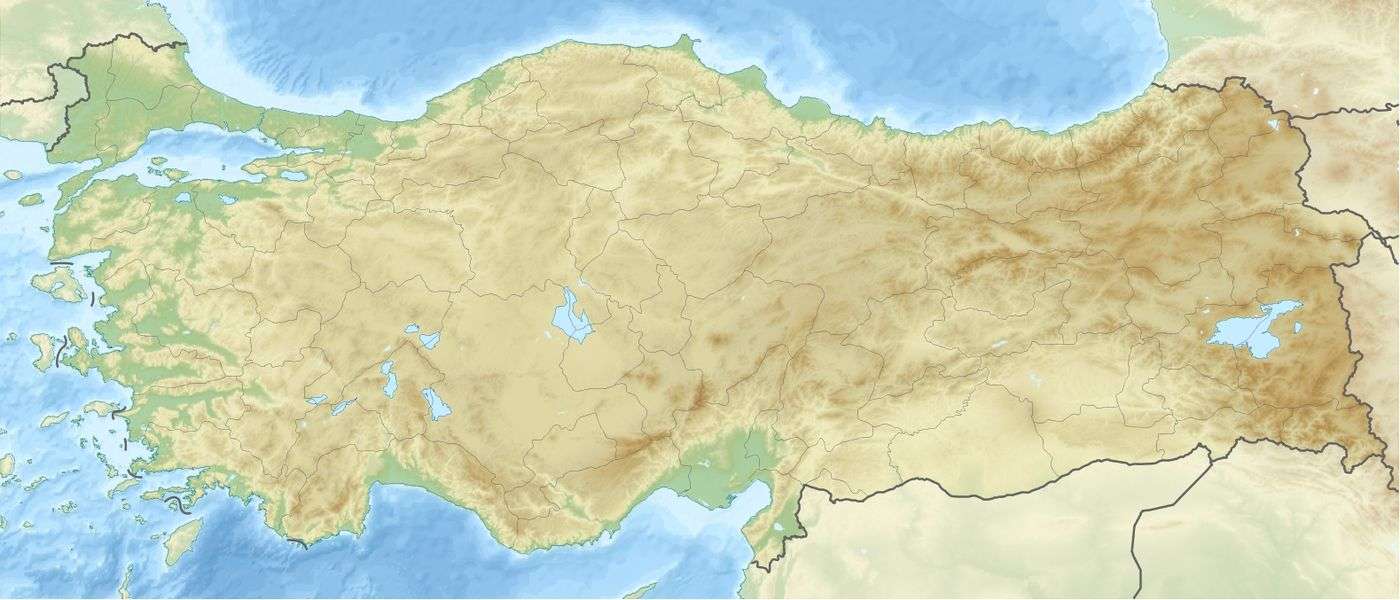Osmangazi Tunnel
|
Osmangazi Tunnel (south side) | |
| Overview | |
|---|---|
| Location | Vezirhan–Bilecik, Turkey |
| Coordinates |
40°10′58″N 30°00′57″E / 40.18278°N 30.01583°ECoordinates: 40°10′58″N 30°00′57″E / 40.18278°N 30.01583°E  Osmangazi Tunnel Location of Osmangazi Tunnel in Turkey |
| Status | Operational |
| Route |
|
| Operation | |
| Work begun | 2003 |
| Opened | 2010 |
| Operator | General Directorate of Highways |
| Traffic | automotive |
| Technical | |
| Length | 2,465 and 2,474 m (8,087 and 8,117 ft) |
| Number of lanes | 2 x 2 |
| Operating speed | 80 km/h (50 mph) |
The Osmangazi Tunnel (Turkish: Osmangazi Tüneli), formerly Kocatepe Tunnel, is a road tunnel constructed on the Adapazarı–Bilecik state highway ![]() in Bilecik Province, western Turkey.
in Bilecik Province, western Turkey.
It is situated between Vezirhan and Bilecik bypassing the Gülümbe Pass with hairpin turns. The 2,465 and 2,474 m (8,087 and 8,117 ft)-long twin-tube tunnel carries two lanes of traffic in each direction. The 745 and 840 m (2,444 and 2,756 ft)-long Ertuğrulgazi Tunnel is located north of it. The highway Mekece-Bilecik-Bozüyük on the north-south directed D.650 at a distance of 86 km (53 mi) is a heavy traffic route for transport of industrial and agricultural products connecting the regions Marmara, Aegiean, Central Anatoli and Mediterranean.[1]
In 2000, a financial agreement was signed between the Turkish and Japanese governments to build a divided highway with two tunnels at the steep pass. Construction works on the highway began in 2003, and in 2010 the route was put into service.[1] The tunnel was initially named Kocatepe Tunnel, but was renamed in 2009 in honor of Osman Gazi (1258–1326), who founded the Ottoman Empire in the region.[2]
References
- 1 2 Ay, Hasan & Zeynel Yaman (2014-01-01). "'Hadi gülüm be' bitti, 'Oh be' geldi". Sabah (in Turkish). Retrieved 2014-05-08.
- ↑ "Bilecik'te köprü ve tünellerin isimleri değişiyor". Hürriyet (in Turkish). 2009-03-04. Retrieved 2014-05-08.